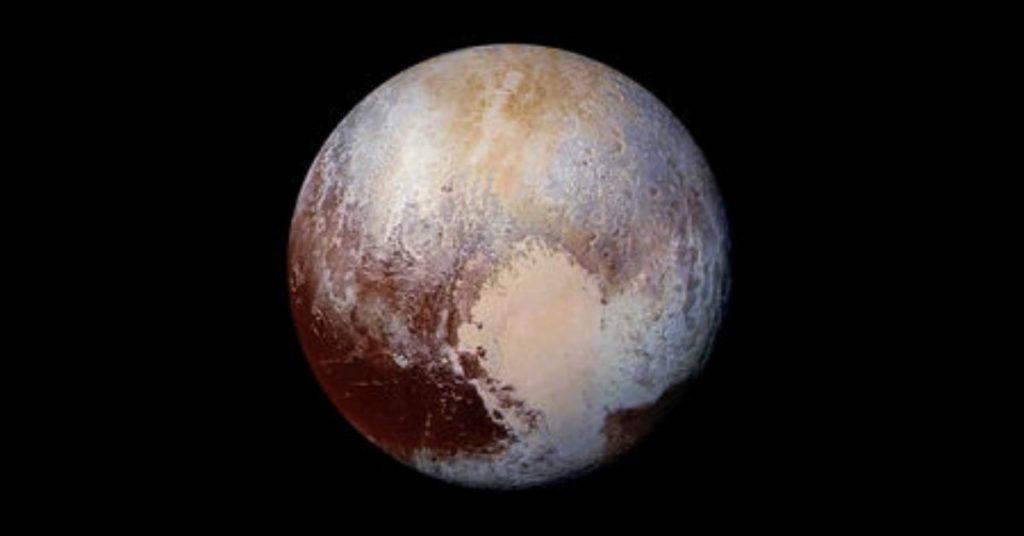FlipFact of the Day: The Lowell Observatory in Arizona announced the discovery of Pluto in March 1930. After they did this, their mailbox received hundreds of name suggestions. However, it was the idea of an 11-year-old girl from Oxford, England named Venetia Burney that was ultimately selected.
A mythology enthusiast, Burney suggested the name Pluto to her grandfather, Falconer Madan. He then shared her idea with astronomy professor Herbert Hall Turner, who in turn proposed the idea to his colleagues in the United States.
Sure enough, they ended up going with Burney’s suggestion. Mainly, this was because it seemed apt that a planet so far from the sun would be named after the Roman god of the Underworld. It also helped that the first two letters (P and L) were the initials of Percival Lowell. Lowell was the astronomer who was able to determine Pluto’s existence and location 15 years earlier.
Today’s Science History Milestone: On August 24, 2006, the International Astronomical Union (IAU) redefined the term “planet,” leading to Pluto’s reclassification as a dwarf planet.
Still remember your 5th-grade science classes? Test your knowledge and see if you still remember these facts and fundamental concepts in human anatomy, biology, botany, and other branches of science. Click here to try the “Are You Smarter Than A Pinoy Fifth-Grader” Challenge.
Follow the hashtag #FlipFacts on Facebook and Instagram to get your daily dose of science trivia!
Cover: NASA
References
- https://www.sciencemag.org/news/2017/02/birthday-pluto-s-discovery-science-takes-look-back-dwarf-planet-s-long-strange-history
Author: Mikael Angelo Francisco
Bitten by the science writing bug, Mikael has years of writing and editorial experience under his belt. As the editor-in-chief of FlipScience, Mikael has sworn to help make science more fun and interesting for geeky readers and casual audiences alike.







